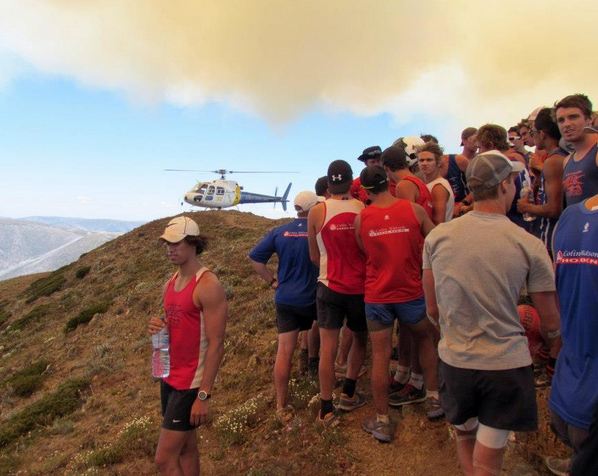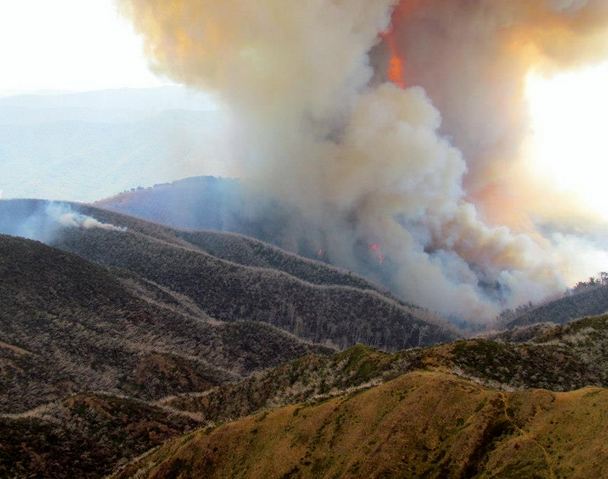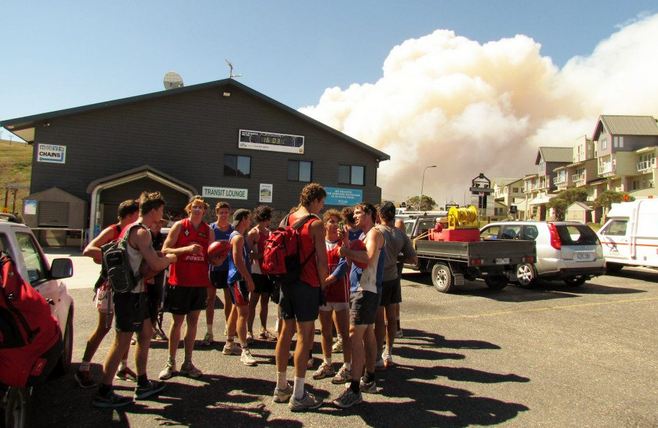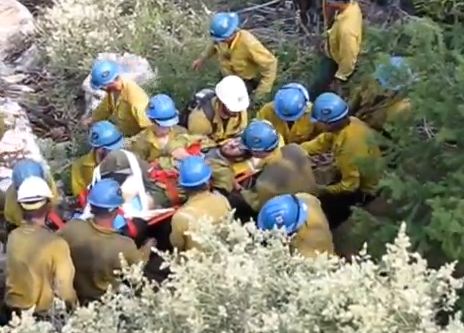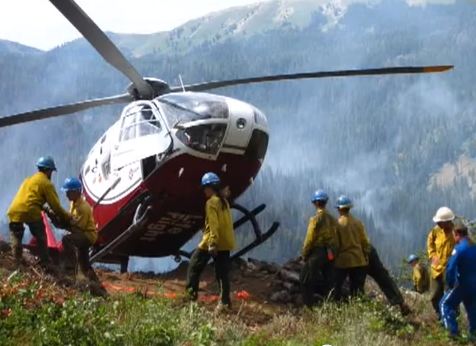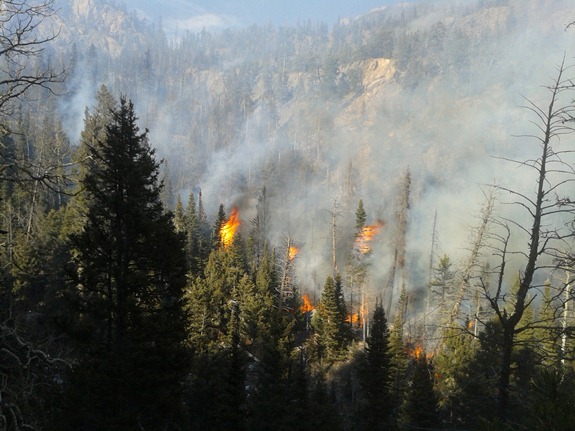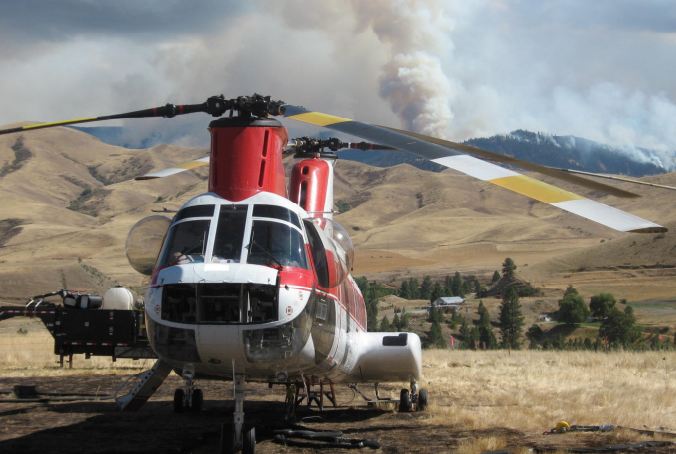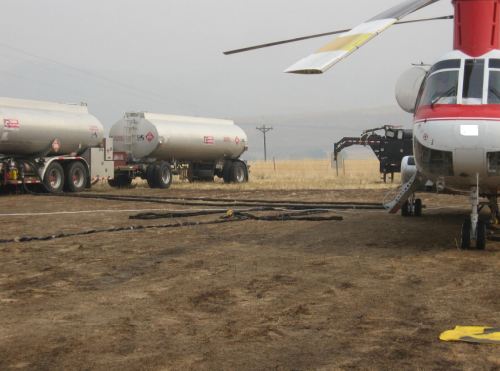The mother of one of the firefighters killed in the crash of the Carson-owned helicopter has been following very closely the NTSB and criminal investigations into the crash that killed her son, Scott Charlson, six other firefighters, and two air crew members. Both investigations agreed that Carson Helicopters intentionally falsified documents about the performance of their helicopters which led the U.S. Forest Service and the flight crew to erroneously believe the Sikorsky S-61N could carry the load of firefighters when it attempted to lift off from a helispot on the Iron 44 Fire in northern California in 2008. The helicopter crashed and burned as it struggled to become airborne, killing nine people.
Last week a federal grand jury in Medford, Oregon indicted Steven Metheny, 42, former Vice President of Carson Helicopters, and Levi Phillips, 45, the former maintenance chief of the company, for charges which could earn them 20 or more years in federal prison if convicted.
Below is the reaction of Scott’s mother, Nina Charlson, to the indictments:
****
“I am very thankful the criminal investigation was pursued. While it does not bring our loved ones back or change the heartache and emotional torture surviving firefighters and families have had to endure the past 4 ½ years it does confirm some of the things we have been told since the crash.
Besides the sentences the Federal Government will hand out I would like for these two men, Steve Methany and Levi Phillips to sit before the family and friends (one family at a time) of Shawn Blazer, Scott Charlson, Matt Hammer, David Steele, Caleb Renno, Edrick Gomez, Bryan Rich, Roark Schwanenberg and Jim Ramage and hear how their lives have changed since 7:45 p.m. August 5, 2008. I would like for them to sit before Bill Coultas, Mike Brown, Jon Frohreich and Rick Schroeder and their families and hear how their lives changed that night. I would like them to sit before the firefighters that were on the mountain at the time of the crash and listen how their lives changed that night. I would like for them to sit before Grayback Forestry, US Forest Service, Cal-Fire and the entire firefighter brotherhood and hear what they have to say about that fateful night.
We were told this crash was preventable and predictable on many levels and sadly we have found that to be true. Initially when I was told about the crash – foul play was not what came to my mind. Accidents happen. But this was no accident and it complicates the grief we are experiencing.
Nothing that takes place in the future can bring our loved ones back to us or stop the emotional torment that is present in so many minds at this very moment because of the criminal acts these two men committed over and over again – even after the crash. No remorse – it was all about them, their greed and their life.
Several families of the fallen firefighters have determined to take as many steps as necessary to send a message to anyone in the future who may be driven by greed or glory. We will remind them of the bottom line – Our sons, fathers and husbands lives. We will do whatever it takes to help protect lives and families in the future. In Dec. of 2011 several families of the fallen traveled back to Washington DC to attend a Public Aircraft Forum hosted by the NTSB. There were very powerful worldwide leaders in the Public Aircraft world that were present. We were thanked by many of them for being there because we gave them a visual of what their good or poor decisions can do. It is not easy for us to make these trips financially or emotionally but if we can influence decisions to save future lives we will continue in the honor of our loved ones who paid the ultimate price.”


